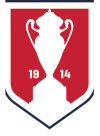The Bavarians: Old & New Worlds United in Milwaukee
Bavarians United, the former Open Cup runners-up out of Milwaukee, Wisconsin, are back in the Tournament Proper for 2023 after lifting yet another National Amateur Cup
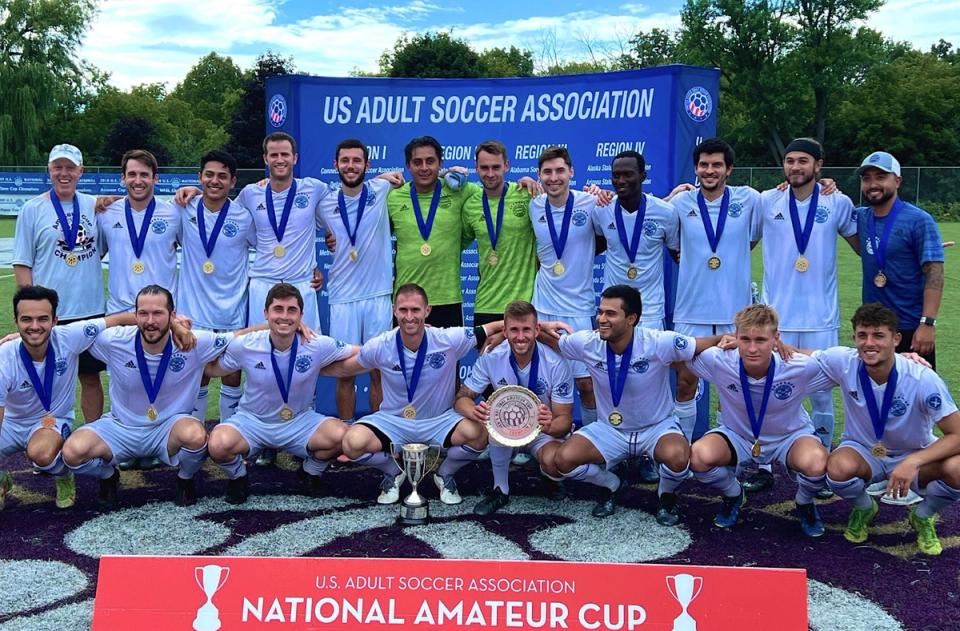


Voices call out from the past at the Bavarians stadium on game days.
This is no abstraction. Many of the old-timers, literally, huddle near the concession stand and murmur about the state of play today and compare it to the old days. At this 94-year-old amateur club, a few miles north of downtown Milwaukee, the past grumbles, whispers and shouts.
“This is a club built on tradition,” said Braden Andryk, 26, who helped keep that long tradition of success alive with a pair of National Amateur Cup crowns in 2018 and 2022. His brother Logan, older by two years and still an important member of the team, agreed: “To add more stars over this crest is special and it doesn’t just happen overnight. It’s built up over years, like close to a hundred years.”
To keep the record straight, there are nine stars now crowding out the Bavarians crest.
The Andryk brothers, both former standouts at the Milwaukee School of Engineering, lined up for the Bavarians the last time they reached an Open Cup Proper, back in the 2019. And they’ll both be in the United Premier Soccer League (UPSL)-based team that returns to that big stage this year – as defending National Amateur Champions.
The Bavarians began life in 1929 as Fussball Club Bayern. They’re among the top amateur teams in American soccer history and one of only a handful with their own stadium. In the old days, visiting German professional sides like Bayern Munich, Stuttgart and Frankfurt, played friendlies there.
The club has made one appearance in the U.S. Open Cup Final and went on to earn eight national amateur titles (six National Amateur Cups and two National Amateur Open Cups). They’re known as much for their success on the field as they are for their firm roots in American soccer history. It’s worth noting that the first soccer game in America, at least on the official record, was played in Waukesha, a few minutes away from Milwaukee, way back in 1866.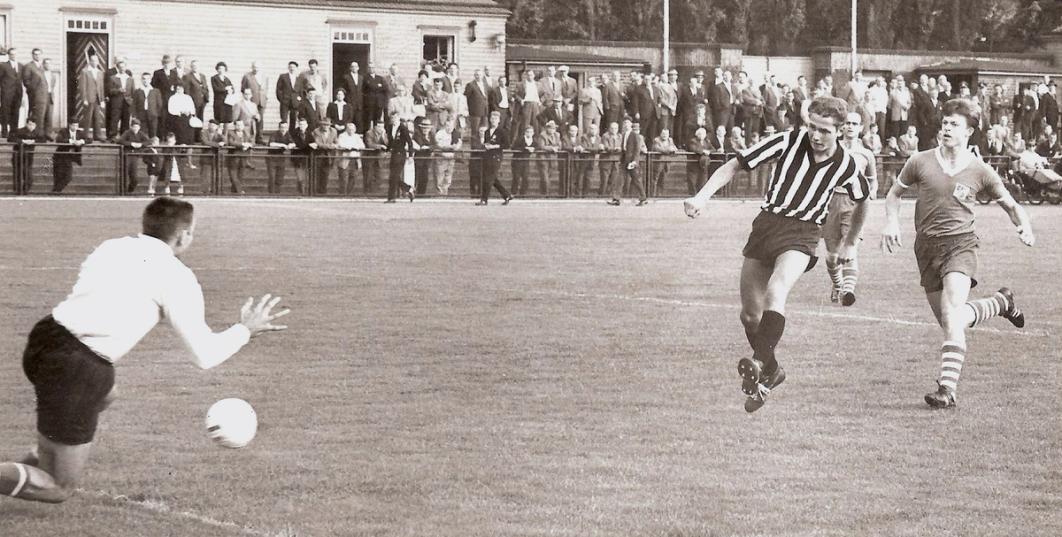
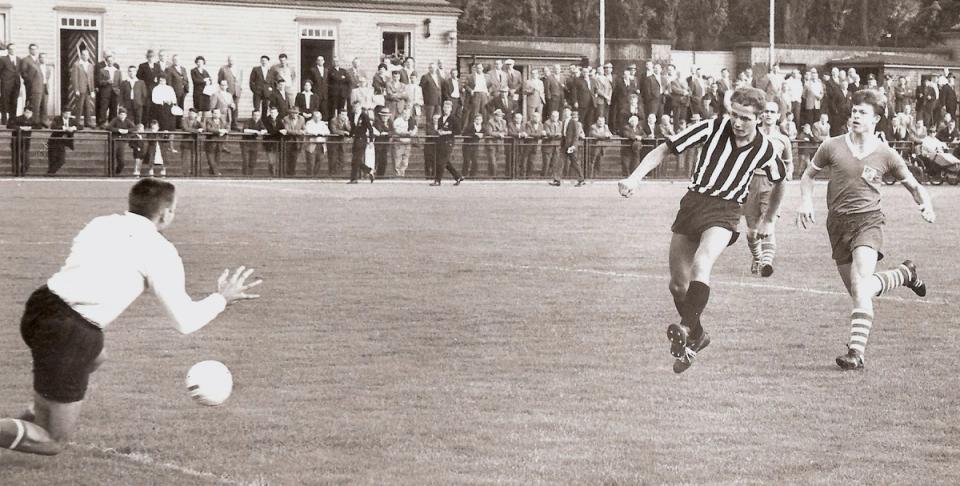
“There was a big Christmas party every year, the plays our parents forced us to be in,” laughed Gansler, a sweeper in the side that reached the U.S. Open Cup Semifinal in 1993 – and the Final a year later. “Oktoberfests and summer picnics at Breezy Point. It was definitely more than just the soccer games.”
While Gansler keeps the club and its history alive, his former teammate Tom Zaiss is concerned with the here and now as General Manager. Bavarian bonds don’t break easy.
When talk turns to that 1994 Open Cup Final, played on a sunny late-July afternoon at the home of the United German-Hungarians, there’s still a little hurt around the edges. “It was a big loss, that one in ’94,” said Gansler, who played three years at Princeton under then coach Bob Bradley, about the 3-0 defeat that saw the Bavarians finish runners-up.
To date, it’s the closest the Bavarians have come to laying hands on the Open Cup.
“They [The Greeks] were an outstanding team,” said Zaiss. “Their level of play was high and I must say that it was one of the best teams we ever played. Can’t argue with the result.”
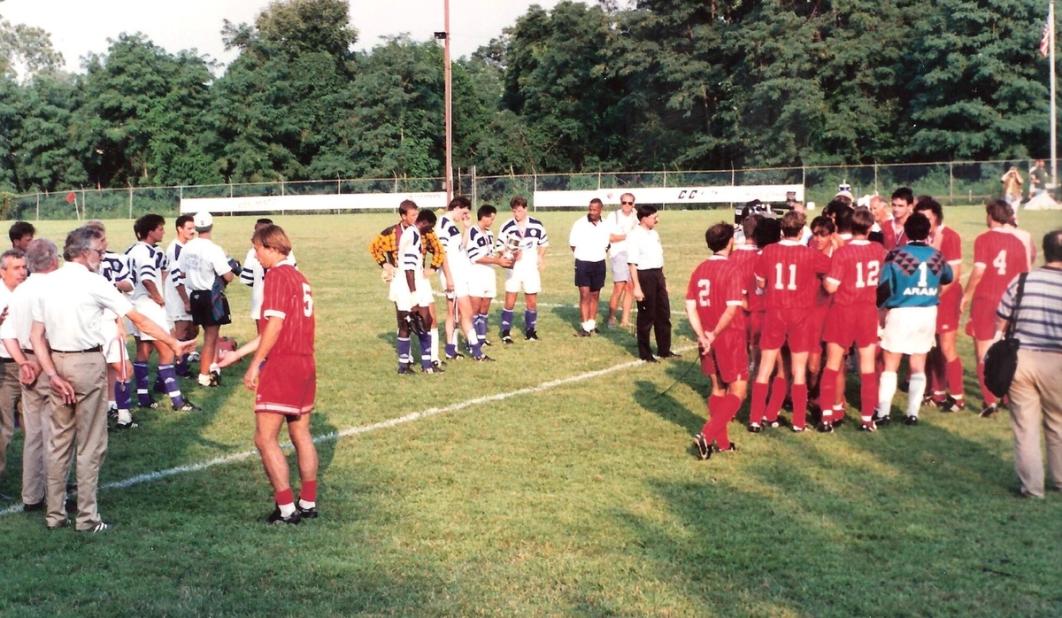
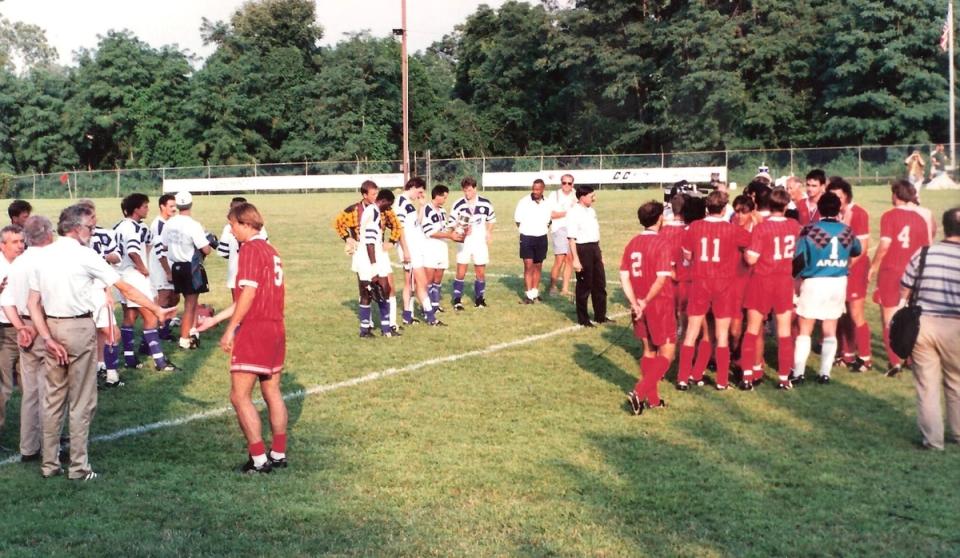
“After having gone to the Semifinal the year before in 1993 [losing 3-0 to CD Mexico – now El Farolito], we were pretty confident,” said Zaiss, a former star at UCONN, who will assist head coach Patrick Hodgins when the Bavarians’ return to the U.S. Open Cup in late March. “The ball was bouncing for them [the Lothar Osiander-coached Greek Americans] and it seemed like maybe it was just going to be one of those days when it was Christmas for them and no luck at all for us.
“As skilled and composed as they were, they’re a bad team to be down against,” Zaiss remembered sharply. “Half that team ended up in the early days of MLS [launched in 1996].”
That 1994 loss signaled the end of an era for the Bavarians, and their last run in earnest at an Open Cup crown. “We had a lot of guys who were in their 30s and not getting any younger,” added Zaiss. “There was a lot of rebuilding the club had to do after that and it was a long time before we were back in and competing for the cups.”
“The old guys, guys even before my dad’s generation, they were always there,” added Gansler with a laugh, thinking back on those days in the mid-1990s when the Stadium was full of well-wishers and avid supporters, locals behind their team all the way.
“The old-timers yelled at us in German about how bad we were,” he went on. “Then, after the game, they’d run out on the field and celebrate with us. They’d buy us drinks at the upstairs bar at the clubhouse and they’d tell us how great we were. That’s a bit of the tradition too.”
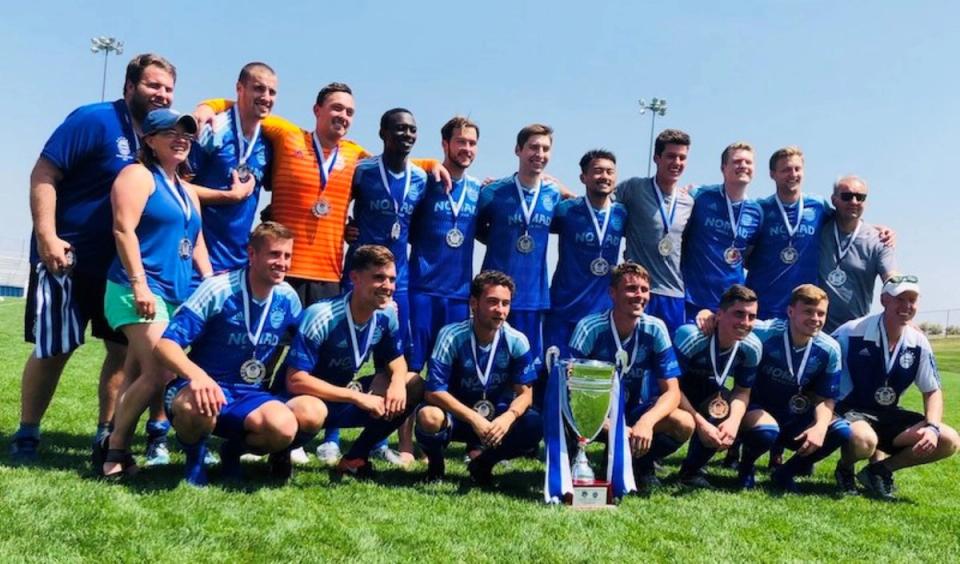
Today’s Bavarians are well aware of the footsteps they walk in – and the broad shoulders they’re standing on. Just ask the veteran Andryk brothers, or any of their teammates who hold down day-jobs and play for the club only because they love it.
These players of today keep tradition alive and make sure their little brothers and young sons have someone to idolize until their own calls come.
“A lot of the guys who played in the Sixties and Seventies are still here. They talk to us and have a beer with us after our games,” said Braden, knowing the power of that crest and those blue-and-white stripes. “That’s what it is to be part of this club – and you can’t help but be proud to continue a legacy like that.”
Fontela is editor-in-chief of usopencup.com. Follow him at @jonahfontela on Twitter.

